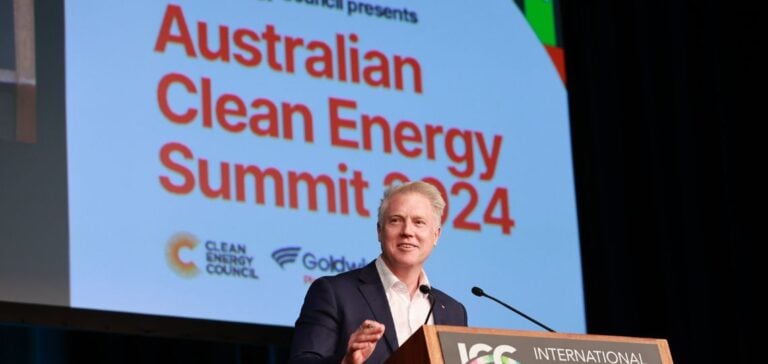Corio Generation has reached an important milestone with the Great Eastern Offshore Wind project in Australia.
The company recently obtained a feasibility license, enabling it to continue with the studies needed to advance towards the commercial phase.
The license was awarded following the Commonwealth’s announcement on May 1.
Advantages of Offshore Wind Energy
At the Australian Clean Energy Summit, organized by the Clean Energy Council in Sydney, Jonathan Cole, CEO of Corio Generation, presented the benefits of offshore wind power.
In his view, the technology is economically competitive and offers a significant opportunity for Victoria.
“We firmly believe that harnessing this resource will bring significant benefits to Victoria,” he said.
Economic and environmental impact
The Great Eastern Offshore Wind project is crucial to Australia’s energy transition and carbon reduction goals.
As well as providing a renewable energy source, the project is expected to attract significant investment, boosting the Australian supply chain and creating jobs for local communities.
Stakeholder commitments
Since 2021, the Corio Generation team has been actively engaging local communities and stakeholders.
They will continue to work with governments, local communities and First Nations peoples to ensure the project delivers sustainable benefits.
The aim is to build local capacity and generate long-term economic benefits for the surrounding communities.
Technical aspects and objectives
The Great Eastern Offshore Wind project, located around 22 kilometers off the central Gippsland coast, aims to accelerate the development of offshore wind in Australia while supporting the state’s and the country’s efforts to reduce carbon emissions.
The project has already completed 17 months of a 24-month marine environmental survey program, a crucial step in its development.
It is scheduled to be operational by 2032, with a lifespan of over 30 years.
This development establishes a sustainable and resilient energy infrastructure.
Drawing on local skills and experience, Corio Generation aims to set a standard for offshore wind projects, offering a promising prospect for the national energy sector.






















